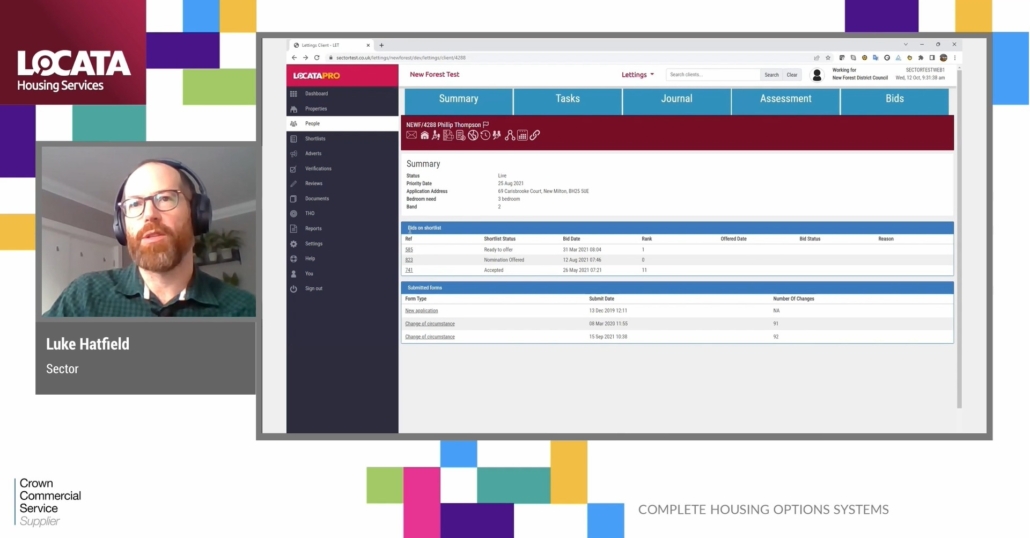How social housing boosts our economy – Hays Guest Blog
As homelessness numbers soar and rent prices are ever-increasing, the importance of social housing is more apparent than ever. Currently, almost one-fifth (17%) of households in England live in social housing; that’s four million households. However, a further 1.2 million are still on the waiting list.
New laws point to better living conditions for people in social housing, but how will advancements in the quality – and potentially quantity – of these properties create more jobs, increase social mobility, and have a positive impact on our economy?
Changes for the better
Developments in recent months have seen the Social Housing (Regulation) Act – which aims to support tenants living in unsafe homes and hold inadequate landlords accountable for such conditions – became an enforceable law. This will greatly improve the quality of life for many social housing residents, as new powers have been given to the Regulator of Social Housing and the Housing Ombudsman; landlords may now be issued unlimited fines, strict time limits can be set to address unsafe living environments, and social housing managers have new qualification requirements.
Aside from the obvious benefits of improving quality of life and safety, these new regulations will also bring economic advantages, due to the increased level of management now required for these homes. In fact, housing associations and local authorities’ management of properties in England already adds around 12.7 billion to the economy and supports over 200,000 jobs; this figure will likely rise as a result of the more stringent requirements.
Social housing can reduce unemployment
People in social housing may be facing challenging personal or financial situations, which can act as barriers to employment. But social housing providers can offer valuable services such as support with job hunting, access to training, skills development and funding. Reducing unemployment can bolster economic growth, due to a decrease in benefits payments, among other secondary economic pressures that come from high levels of unemployment.
Increased social housing construction offers ample job opportunities for construction workers. Between 2016-2023, an impressive 140,000 construction jobs were created as a result of a record number of new affordable housing in London. However, the ratio of new social housing in comparison to other builds is decreasing.
Job opportunities within social housing
Social housing generates a variety of job opportunities within communities. Besides construction workers, here are some other positions required in the social housing industry:
- Housing officers oversee properties on behalf of housing associations and local authorities. Responsibilities include assessing the needs of housing applicants and inspecting properties.
- Property upkeep roles – such as damp and mould surveyor, fire prevention, retrofit, and backlog maintenance – as homes need to be kept in working order and free of hazards.
- Countless other jobs, including tenant advice, income recovery, leasehold officer, and project worker.
Future social housing growth is uncertain
With the general election approaching in just over a year’s time, the outlook for social housing growth is still up in the air, as social housing policies vary heavily between political parties. One thing for certain is that increasing social housing would have a positive impact on our economy, something that is more important than ever as the nation battles turbulent waters and shoulders the strain of the cost-of-living crisis.
Hays is working in partnership with Band of Builders to support the wellbeing and mental health of construction workers. We’re also proud work with The Retrofit Academy, supporting their mission of driving retrofit skills and knowledge.
Recruiting for your team or organisation? Then register your vacancy with us today.





